After finishing the Heaphy track and spending some time relaxing and getting cleaned up and having lunch, we decided to take advantage of the sunny afternoon to stretch our legs and explore the small town of Karamea. Having already visited some of the local sights we opted for a walk along the beach before heading back to our hotel for dinner.

After enjoying a comfy night’s sleep in a real bed – always a treat after a few days of tramping, we started making our way down the coast towards the start of our next walk near the town of Greymouth. After stopping at a small little beach-side cafe for some breakfast we made our way to the town of Ngakawau and the start of the Charming Creek walkway.
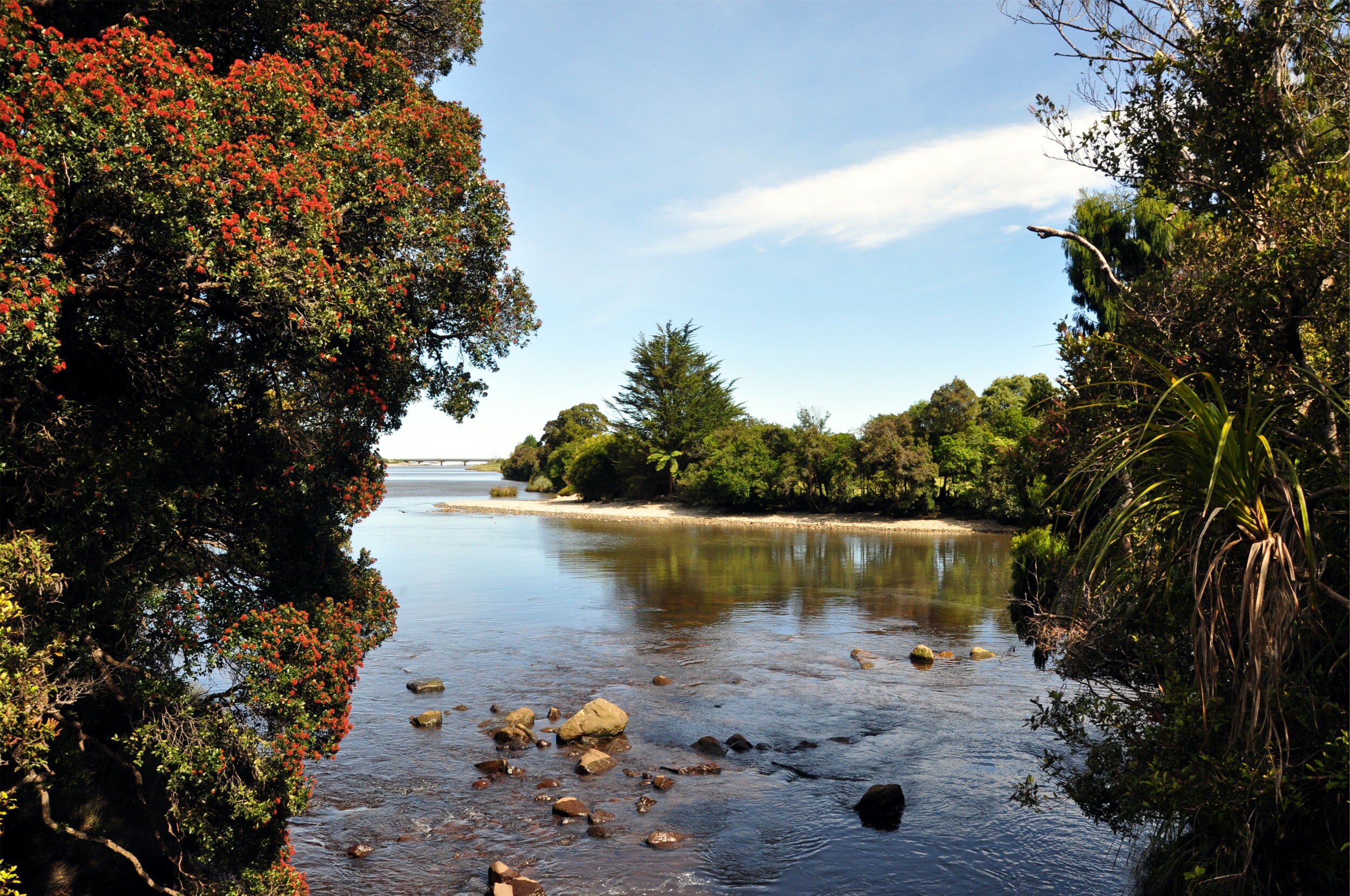
The Charming Creek walkway is a historic bush tramway that was used for transporting coal and timber through the Ngakawau Gorge and Charming Creek. We had previously visited the northern section of the walkway but were unable to walk the entire ten kilometres of track due to a rockfall. We hoped that on this occasion we would be able to start at the opposite end and walk back up the valley.
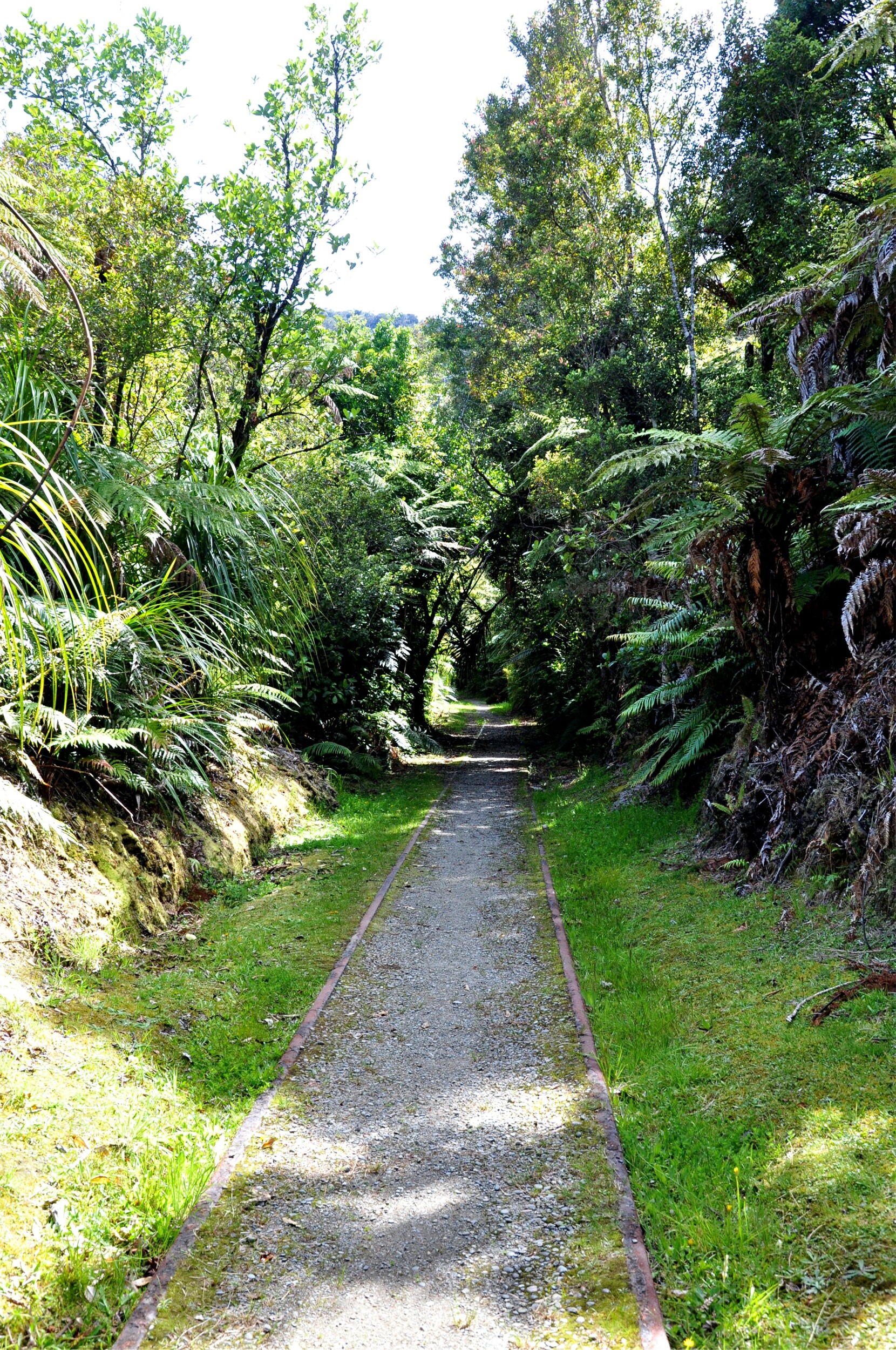
This private railway was originally built in 1912 to service the timber mills in the area, however in the late 1920’s the track was extended to service a newly established coal mine. By the time the mine hit peak production in 1942 there were six coal trains a day using this line. As we walked along the quiet riverside track it was hard to imagine how different the view would have been back then.
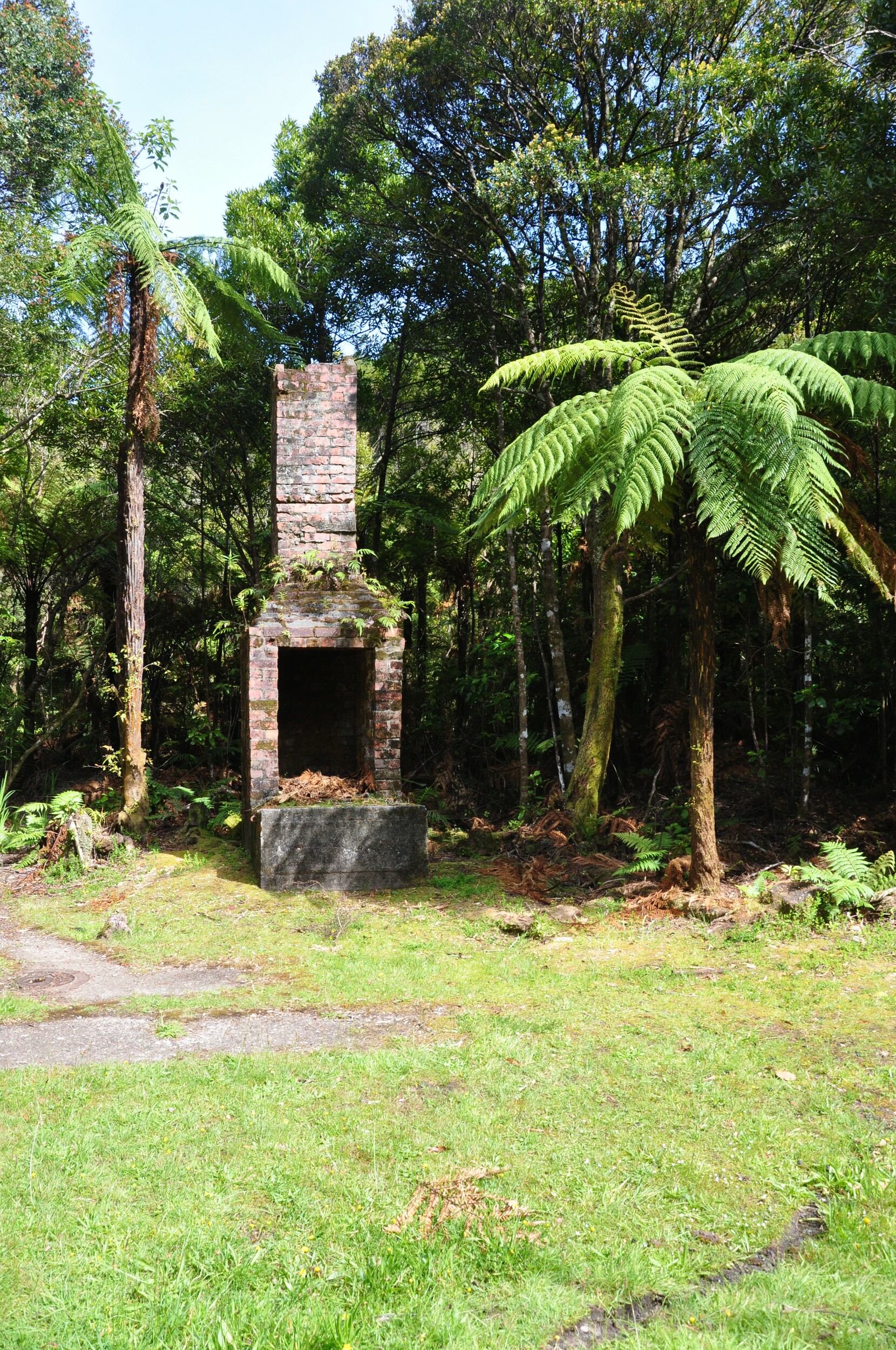
The track was steep, by rail standards with grades of up to 1 in 7, which were pretty challenging for the un-braked wagons on the coal trains. There were lots of records of runaway wagons with them often ending up in the nearby Charming Creek.
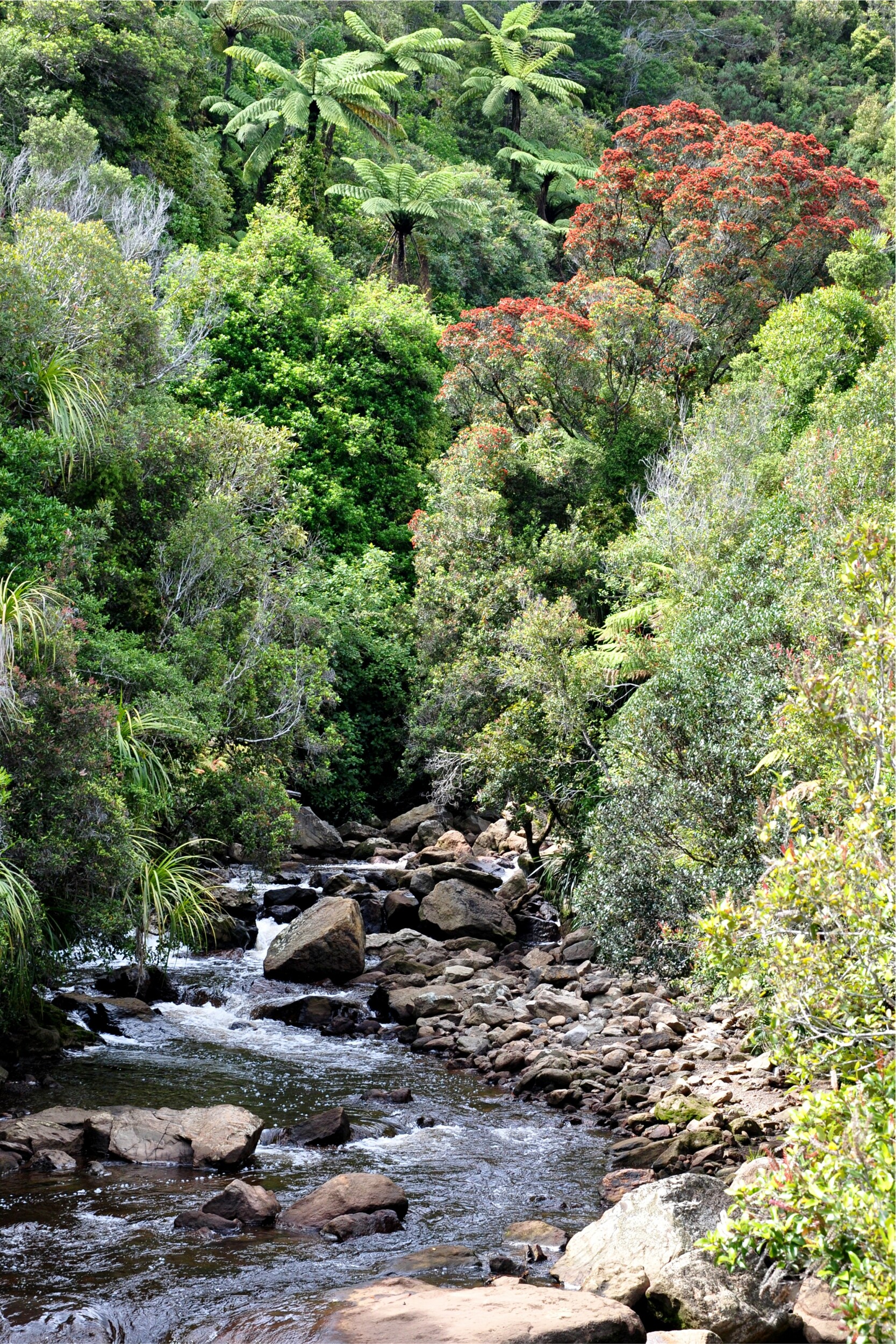
We only made it a little way up the track before we reached a gate across the pathway. Since our last visit heavy rains had caused another large slip across the track, meaning we wouldn’t be able to get any further up the valley. Retracing our steps we returned to the car and continued our journey down the coast.

After a nice lunch sat in the quiet garden of a small restaurant in Westport, we continued on towards Punakaiki. Our plans for the afternoon included a stop at Pororari to visit the bays at Perpendicular Point. After pulling over at a small parking area on the main road, we followed an easy track down through the dense bush until we arrived on a small rocky promontory overlooking the beach. From our vantage point we were able to pick out a waterfall cascading onto the beach as well as the track around to a second bay.
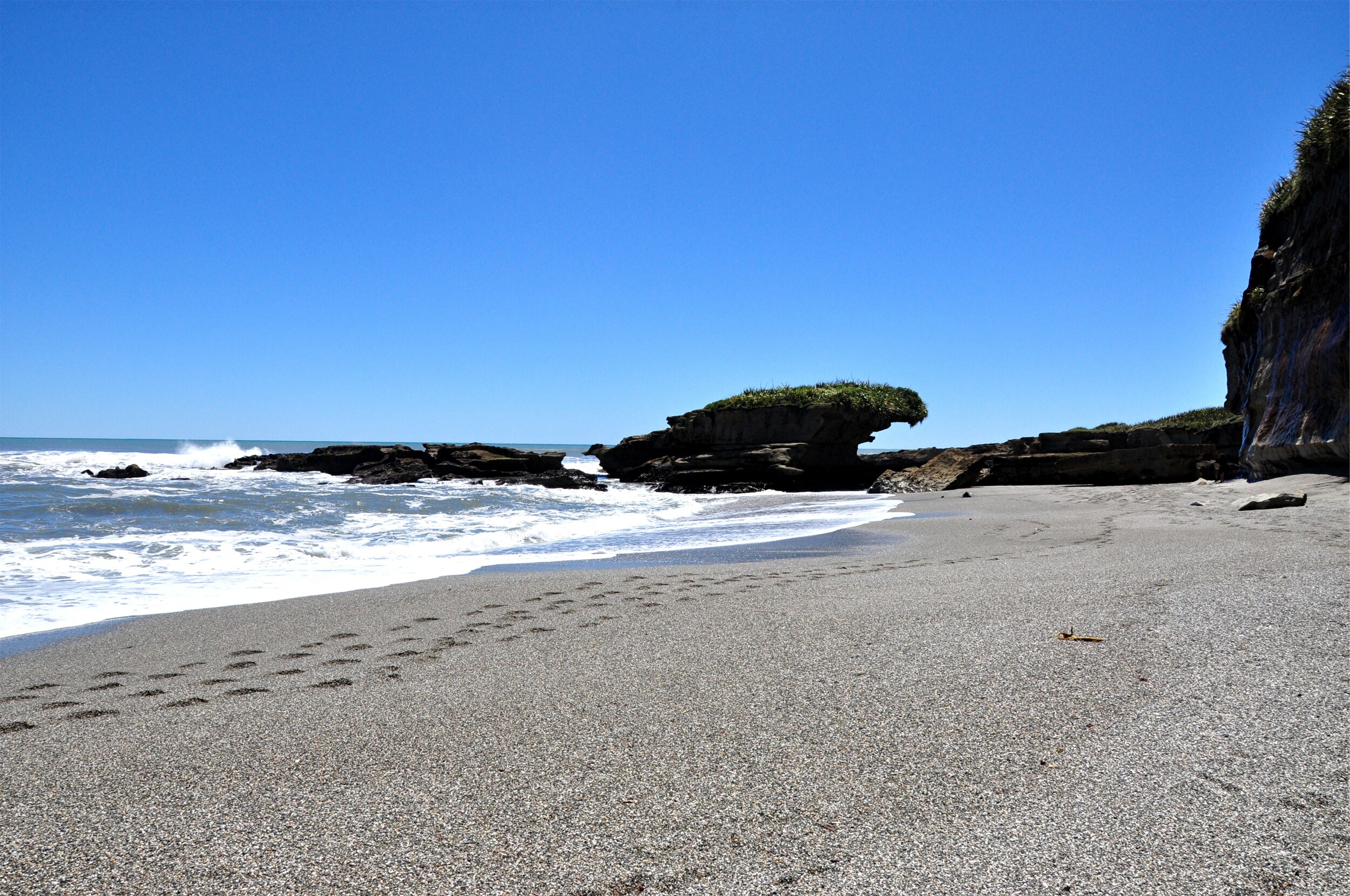
After descending a staircase and heading out through a gate covered in warning signs about the tides and other hazards in the area we made it out onto the beach.
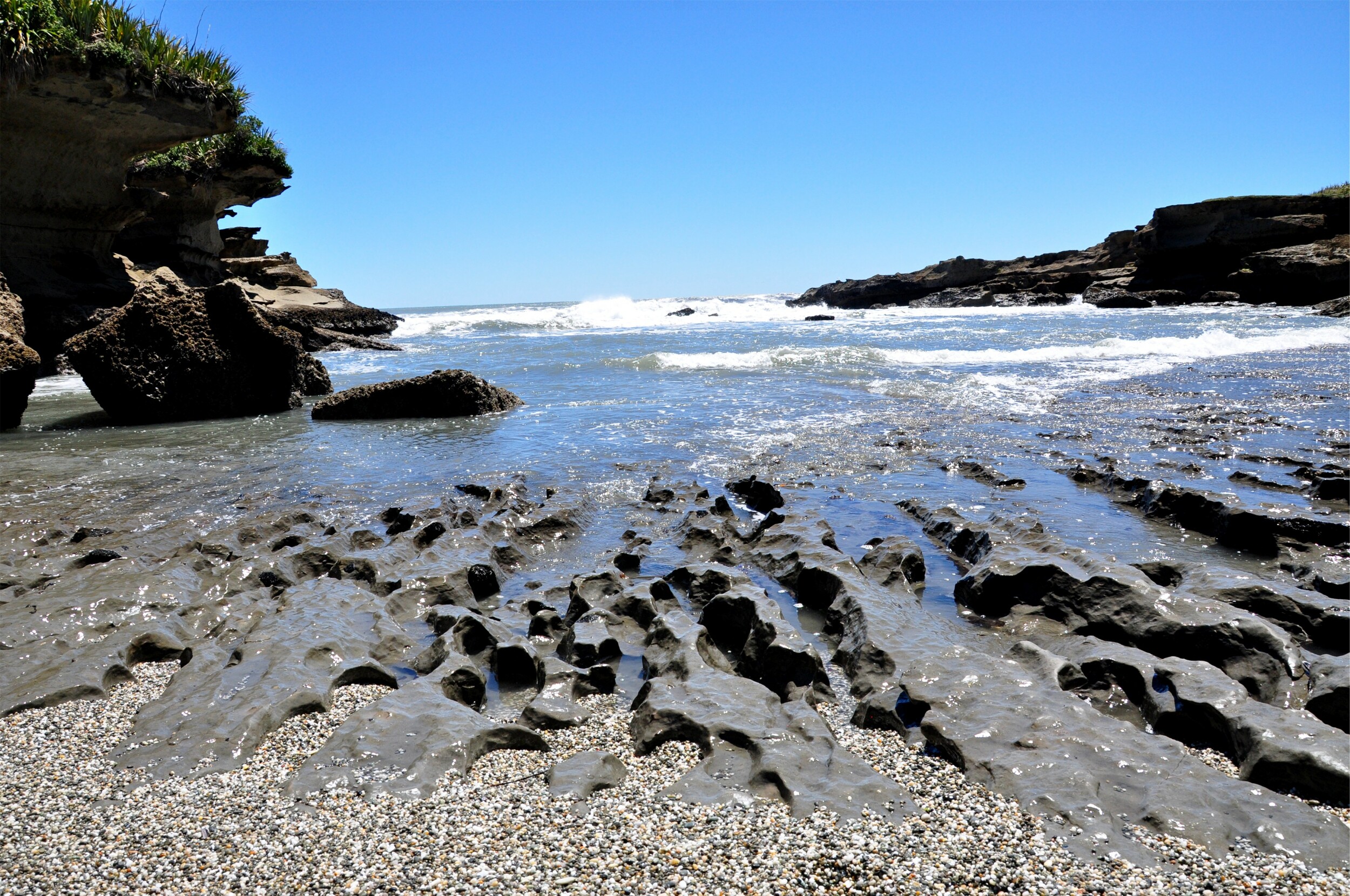
The beach itself was made up of tiny, round pebbles, and was quite unusual. It felt like we were walking on sand, but with the advantage that the larger particles didn’t seem to get into our shoes in quite the way sand is able to.

After watching the waves for a while, we decided it was time to continue our journey down the coast to find our accomodation for the night. We climbed back up to the road, grateful for the dense bush and tall tree ferns that provided some shelter from the birght sunshine.
A little further down the coast we found our cozy cabin for the night, with views out over the ocean and the famous ‘pancake rocks’. After getting settled, we decided to head out and explore the area. Our first stop was the small beach we could see from our cabin, just outside the village of Punakaiki.
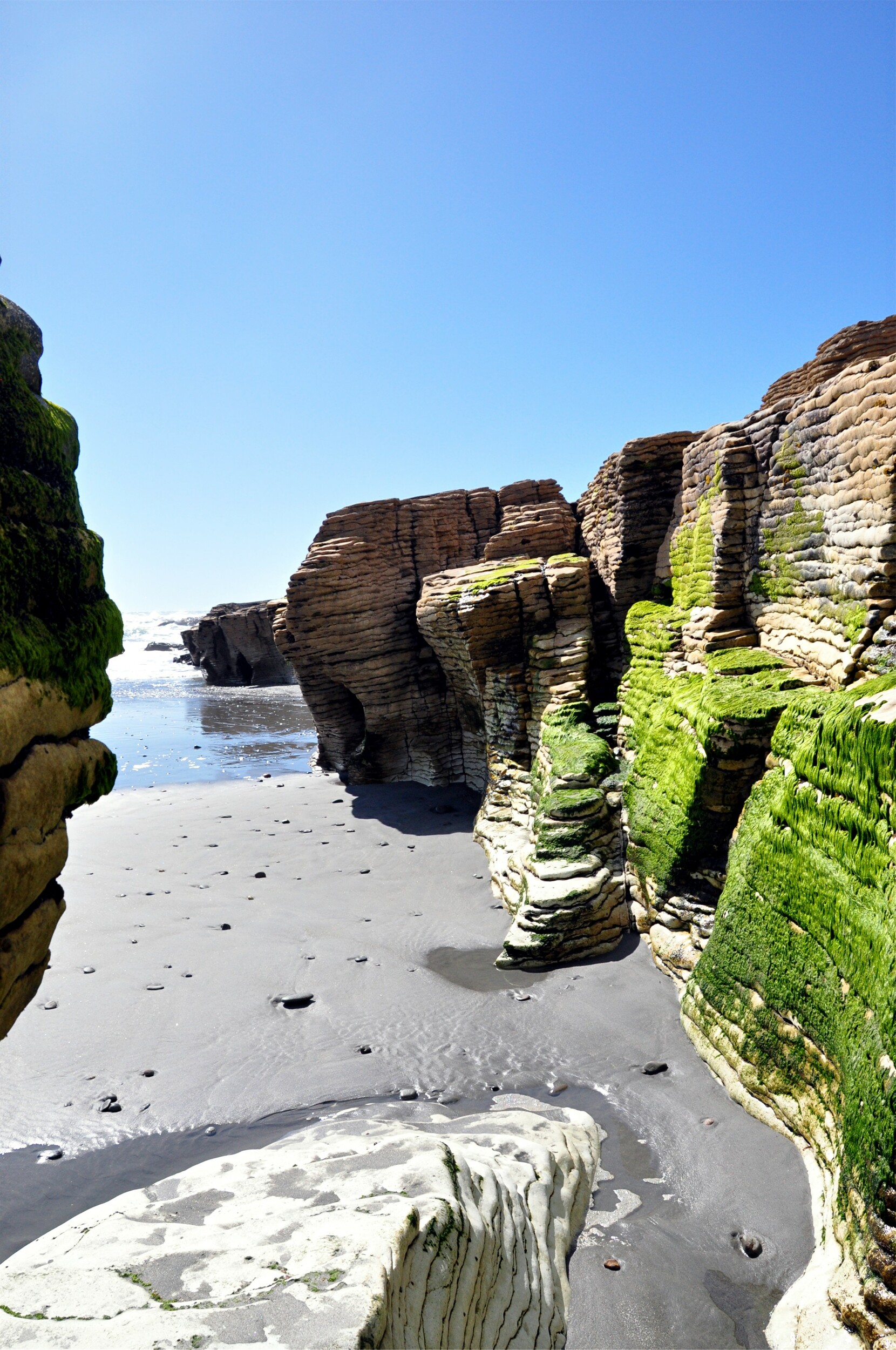
We were delighted to find huge rock stacks at the side of the beach, the layered rocks made for easy climbing and we were able to make our way through the mini labyrinth. Some of the rock fissures had streams flowing through them and others were flooded as the waves came in, which added to the adventure.
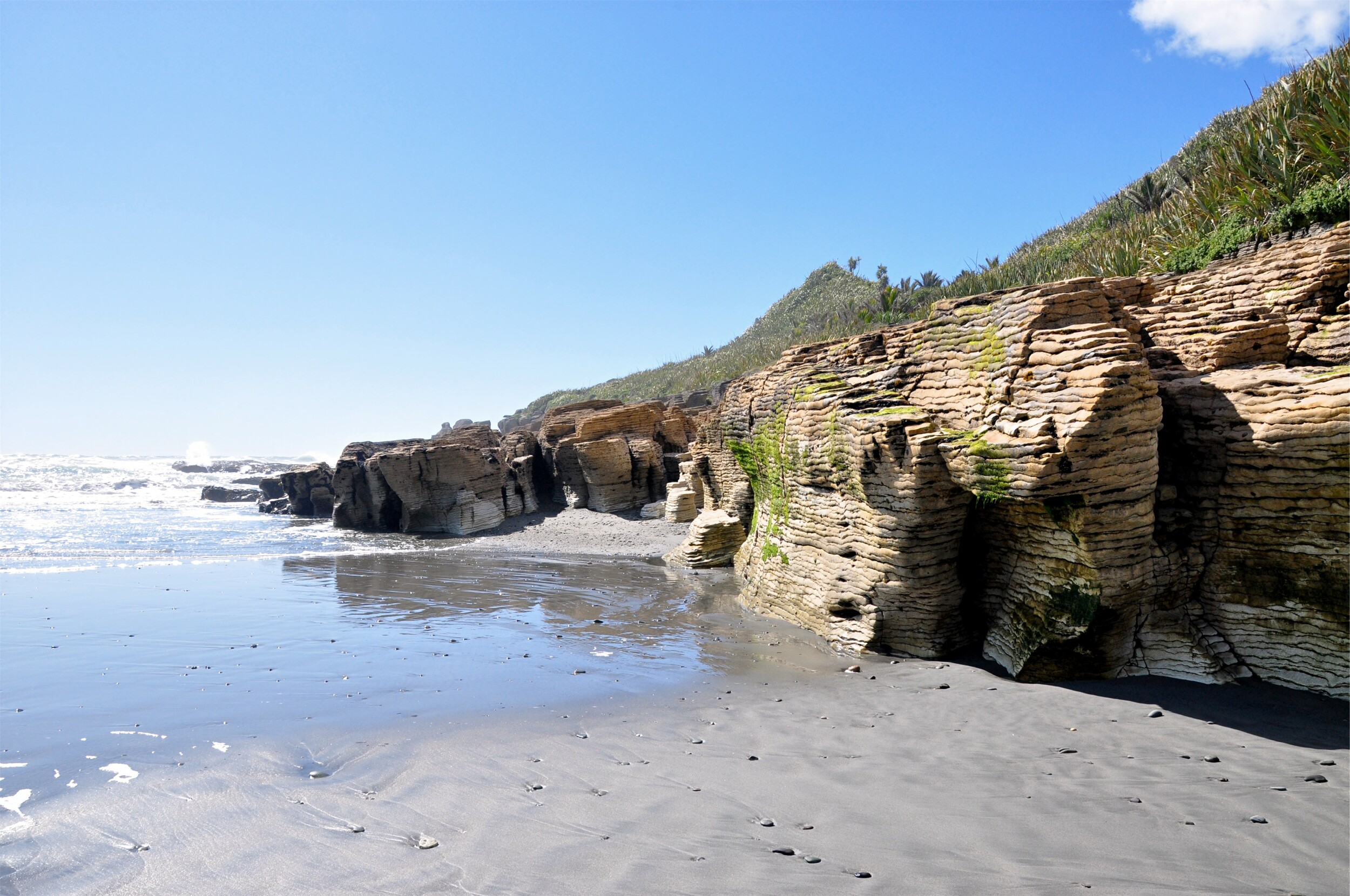
We eventually made our way to the top of the rock stack and were able to look out across the bay towards the headland where we were staying. In the distance we could make out the Paparoa Range, the hills we would be tackling on our next track.

Leaving the beach behind, we drove a short distance north up the coast to Pancake Rocks, the famous coastal feature in the area. Named after the stacked rocks, this part of the coast also has a number of blowholes and surge pools.

The rocks in this area are always fascinating, however we knew from previous visits that if the tide and swell is right the surge pool and blowholes are really spectacular. Although we were still a few hours off of high tide, we decided to do a quick loop around the track before dinner and were rewarded by some pretty dramatic booms coming out of the pools.
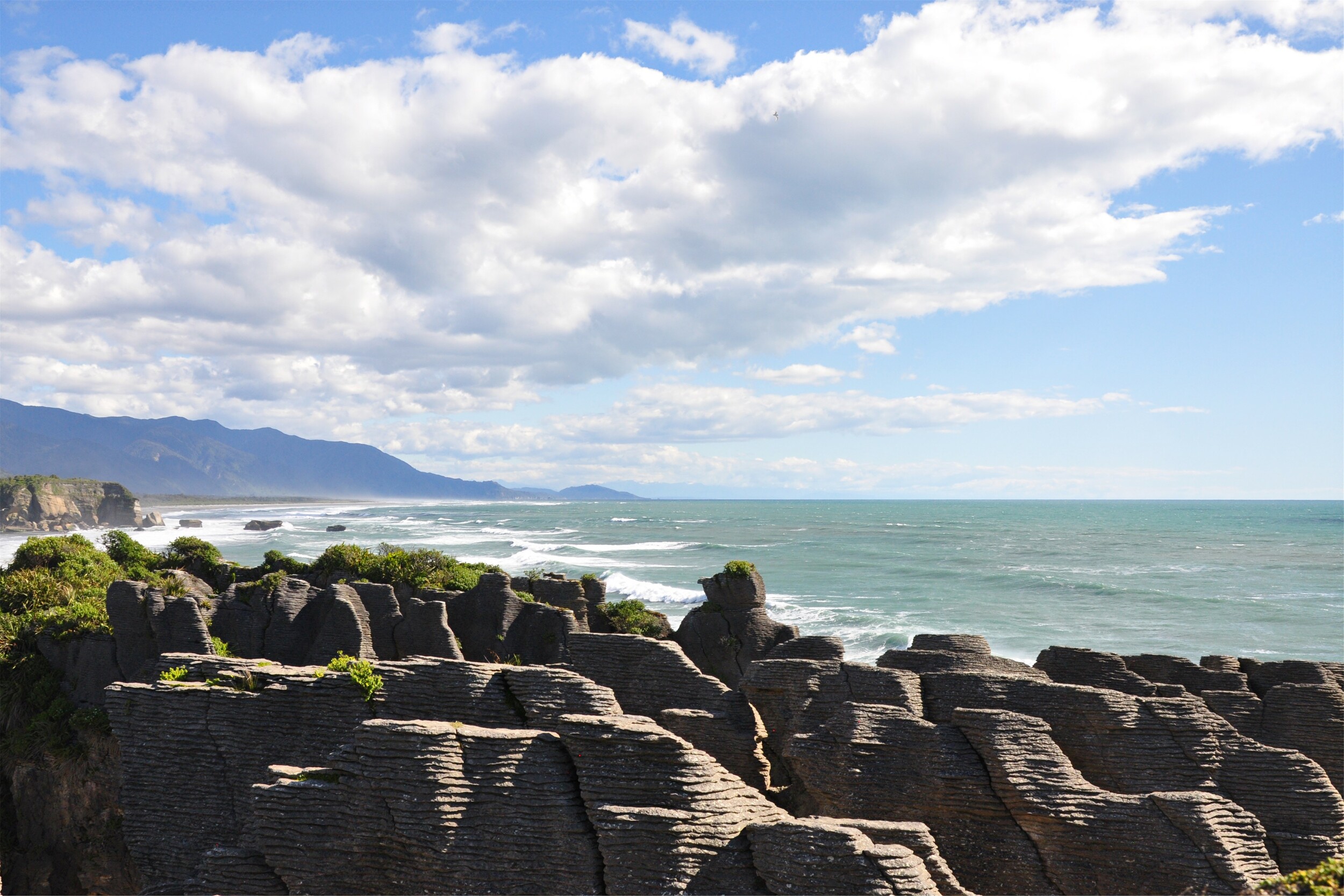
We stayed for a while, watching the waves and trying to guess which combinations would create the best sounds before heading back to the car in search of some dinner.
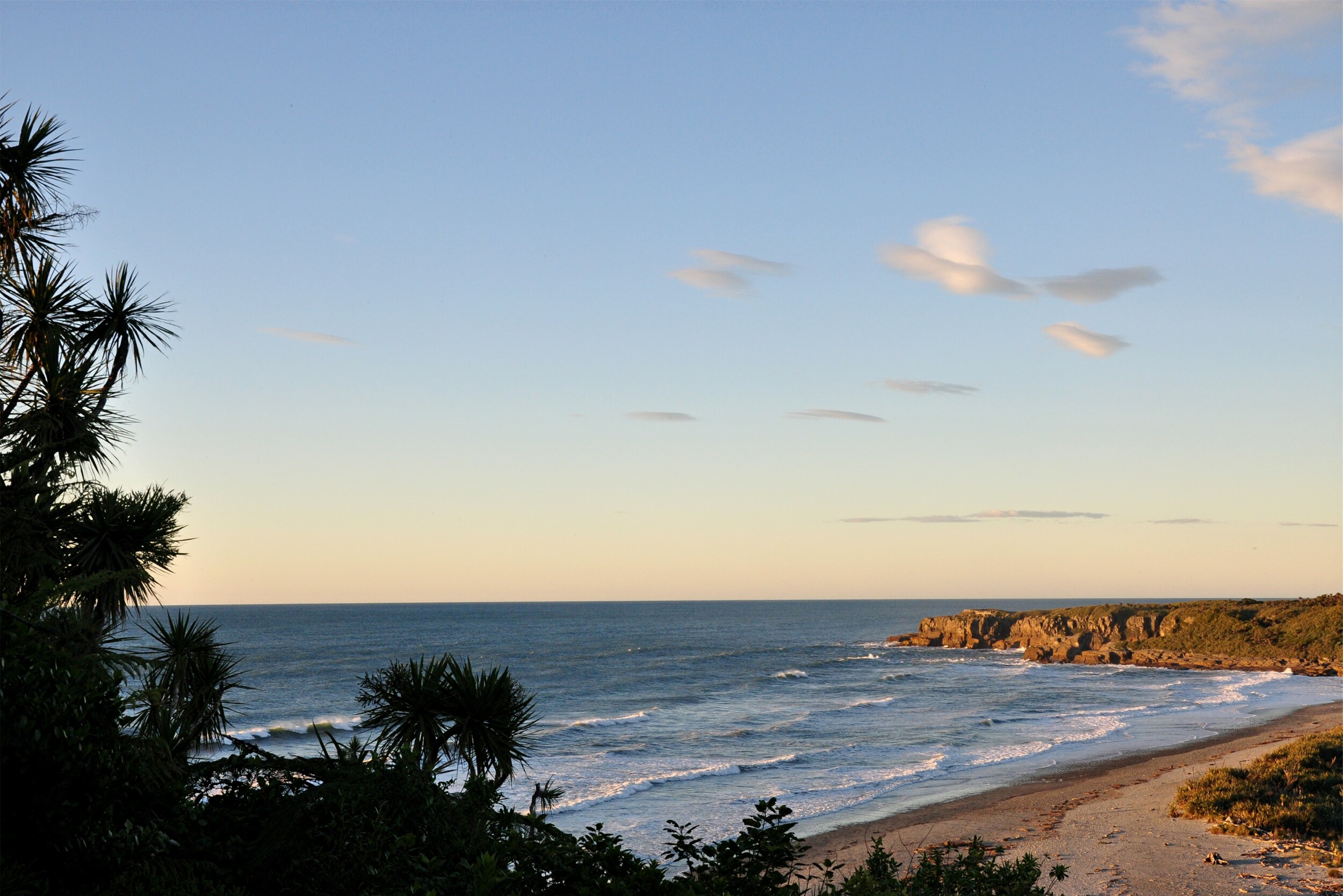
After dinner, with high tide approaching, we decided to head back to the blowholes, but although the tide was higher, the sea had calmed and without the large swells the blowholes were far less dramatic. We returned to our cabin to enjoy the last of the summer evening before getting our rucksacks ready to start our next adventure in the morning, the Paparoa Track.
